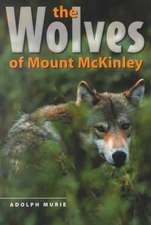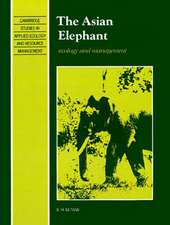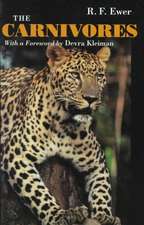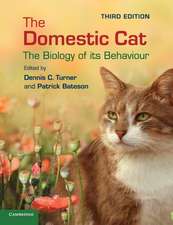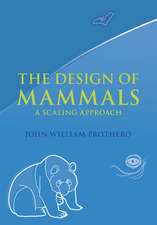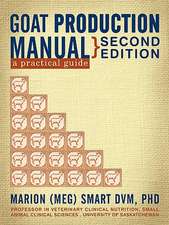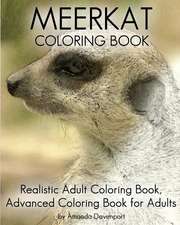Evolution of the House Mouse
Editat de Miloš Macholán, Stuart J. E. Baird, Pavel Munclinger, Jaroslav Piáleken Limba Engleză Hardback – 18 iul 2012
Preț: 755.82 lei
Preț vechi: 878.86 lei
-14% Nou
Puncte Express: 1134
Preț estimativ în valută:
144.64€ • 157.06$ • 121.50£
144.64€ • 157.06$ • 121.50£
Carte disponibilă
Livrare economică 01-15 aprilie
Preluare comenzi: 021 569.72.76
Specificații
ISBN-13: 9780521760669
ISBN-10: 0521760666
Pagini: 548
Ilustrații: 78 b/w illus. 24 colour illus. 17 tables
Dimensiuni: 180 x 254 x 29 mm
Greutate: 1.23 kg
Ediția:New.
Editura: Cambridge University Press
Colecția Cambridge University Press
Locul publicării:Cambridge, United Kingdom
ISBN-10: 0521760666
Pagini: 548
Ilustrații: 78 b/w illus. 24 colour illus. 17 tables
Dimensiuni: 180 x 254 x 29 mm
Greutate: 1.23 kg
Ediția:New.
Editura: Cambridge University Press
Colecția Cambridge University Press
Locul publicării:Cambridge, United Kingdom
Cuprins
List of contributors; Foreword: mice and (wo)men: an evolving relationship R. J. Berry; Preface; 1. The house mouse and its relatives: systematics and taxonomy Jean-Christophe Auffray and Janice Britton-Davidian; 2. Phylogeny and biogeography of the genus Mus in Eurasia Hitoshi Suzuki and Ken P. Aplin; 3. On the origin of the house mouse synanthropy and dispersal in the Near East and Europe: zooarchaeological review and perspectives Thomas Cucchi, Jean-Christophe Auffray and Jean-Denis Vigne; 4. Origin and genetic status of Mus musculus molossinus: a typical example of reticulate evolution in the genus Mus Hiromichi Yonekawa, Jun J. Sato, Hitoshi Suzuki and Kazuo Moriwaki; 5. The complex social environment of female house mice (Mus domesticus) Barbara König and Anna K. Lindholm; 6. Development of the mouse mandible: a model system for complex morphological structures Christian Peter Klingenberg and Nicolas Navarro; 7. Recognition of subspecies status mediated by androgen-binding protein (ABP) in the evolution of incipient reinforcement on the European house mouse hybrid zone Christina M. Laukaitis and Robert C. Karn; 8. Mechanisms of chemical communication Pavel Stopka, Romana Stopková and Kateřina Janotová; 9. The evolution of MHC diversity in house mice Dustin J. Penn and Kerstin Musolf; 10. Ultrasonic vocalizations in house mice: a cryptic mode of acoustic communication Kerstin Musolf and Dustin J. Penn; 11. House mouse phylogeography François Bonhomme and Jeremy B. Searle; 12. The mouse t-haplotype: a selfish chromosome – genetics, molecular mechanism and evolution Bernhard G. Herrmann and Hermann Bauer; 13. Tracing recent adaptations in natural populations of the house mouse Meike Teschke, Anna Büntge and Diethard Tautz; 14. What can the Mus musculus musculus/M. m. domesticus hybrid zone tell us about speciation? Stuart J. E. Baird and Miloš Macholán; 15. Behaviour, ecology and speciation in the house mouse Guila Ganem; 16. Chromosomal hybrid zones in the house mouse Heidi C. Hauffe, Mabel D. Giménez and Jeremy B. Searle; 17. The role of the X chromosome in house mouse speciation Ayako Oka and Toshihiko Shiroishi; 18. New insights into parasitism in the house mouse hybrid zone Joëlle Goüy de Bellocq, Alexis Ribas and Stuart J. E. Baird; 19. Hybrid male sterility genes in the mouse subspecific crosses Jiří Forejt, Jaroslav Piálek and Zdeněk Trachtulec; 20. Linkage disequilibrium approaches for detecting hybrid zone movement: a study of the house mouse hybrid zone in southern Bavaria Priscilla K. Tucker, Liuyang Wang, Ken Luzynski and Katherine Teeter; Index.
Descriere
A detailed review of the evolutionary context necessary to interpret patterns and processes in the age of mouse genomics.



